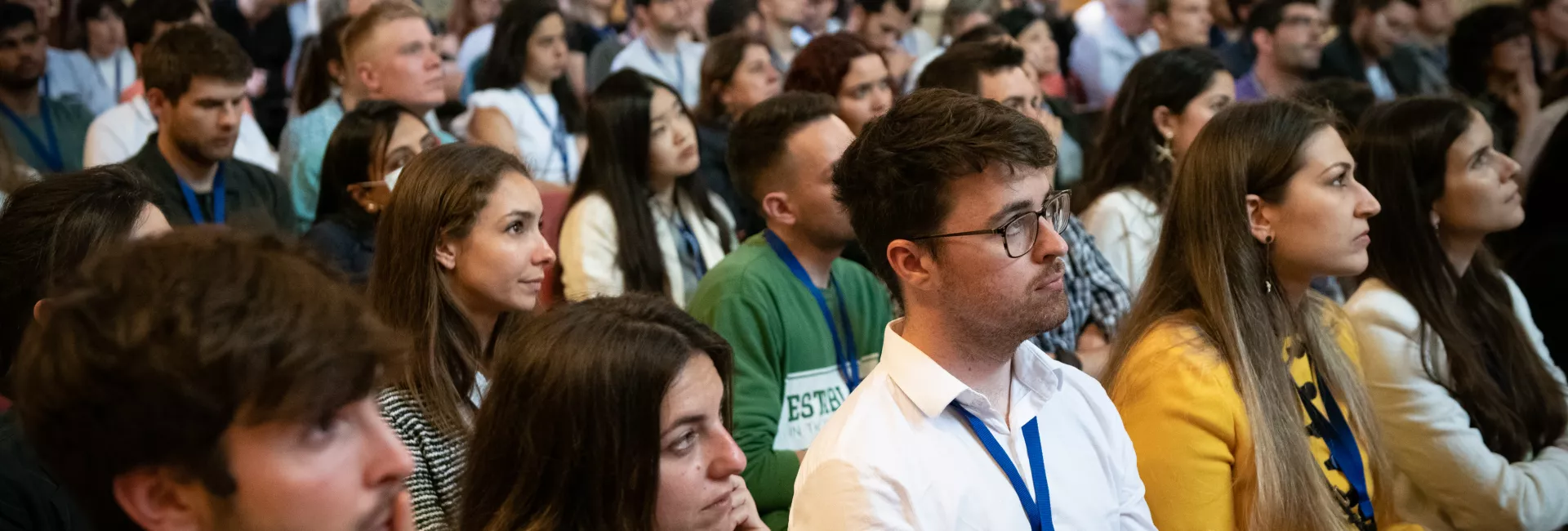Speaker: Ishier Raote, Postdoc, Malhotra LAB at the CRG, Barcelona.
Presentation
Organizers: IRB Barcelona
Date: Wednesday, April 4, 15:00h
Place: Aula Fèlix Serratosa, Parc Científic de Barcelona
Host: Ph.D students and postdocs of the C&DB programme.
Abstract
Secreted collagens compose 25% of our dry body weight and are necessary for tissue organization, skin and bone formation. But how are these bulky cargoes, that are too big to fit into a conventional COPII vesicle, exported from the ER? Our discovery of TANGO1 (Bard, Nature 2006; Saito, Cell 2009; Saito, Mol Biol Cell 2011; Santos, J Cell Biol 2016; Malhotra, Ann Rev Cell Dev Biol 2015), a ubiquitously expressed, ER-exit-site-resident, transmembrane protein, has made the pathway of collagen secretion amenable to molecular analysis. TANGO1 acts as a scaffold to connect collagens in the lumen to COPII coats on the cytoplasmic side of the ER. However, the growth of the collagen containing mega transport carrier is not simply by accretion of a larger COPII-coated patch of ER membrane, but instead by rapid addition of premade small vesicles. This mode of transport carrier formation is fundamentally different from that used to produce small COPII vesicles. We have seen that TANGO1 rings the ER exit site and thus organizes a sub compartment within the ER (Nogueira, eLife 2014; Santos, eLife 2015; Raote, J Cell Biol 2017). We have now mapped all the components that work in concert along with the cargo to assemble TANGO1 into a ring (Raote Elife, 2018). Mathematical modelling, biochemistry and super resolution microscopy-based analyses of this process will be discussed.
Cell and Developmental Biology Programme Seminar

